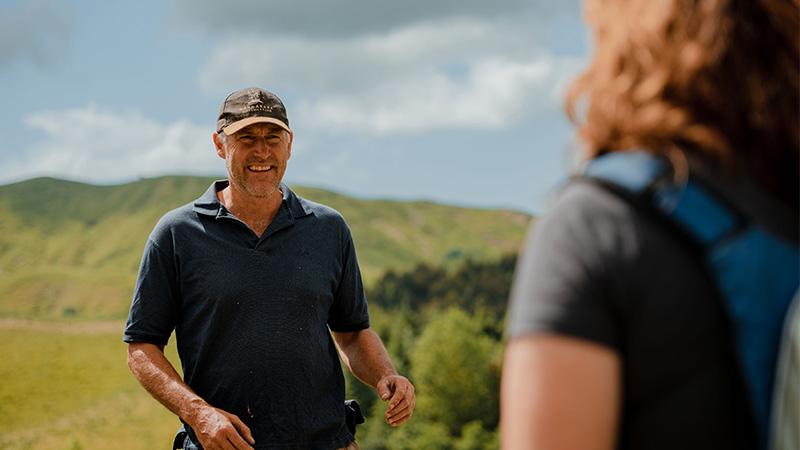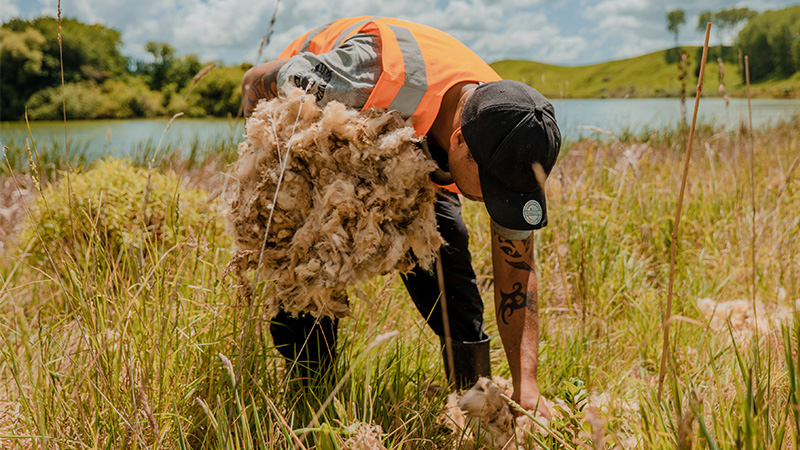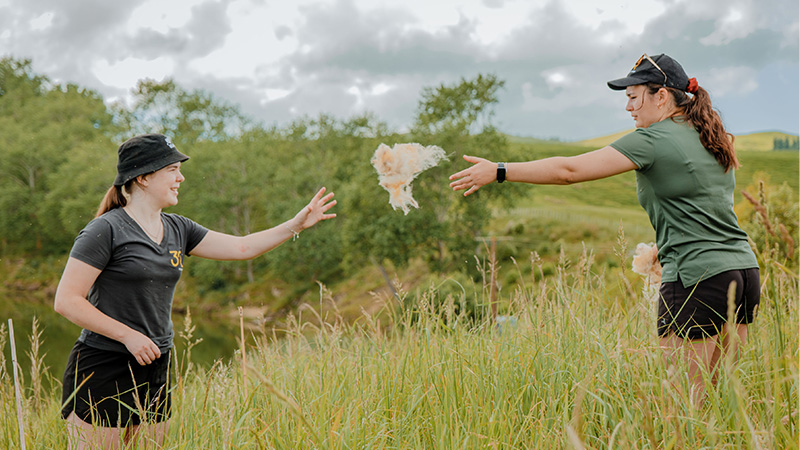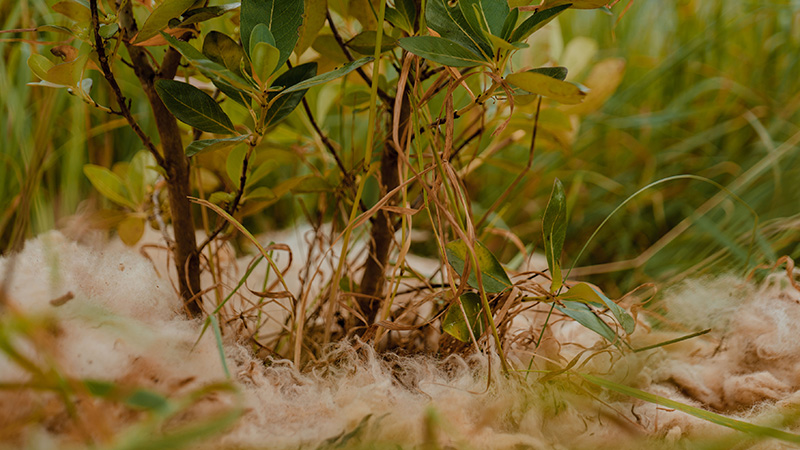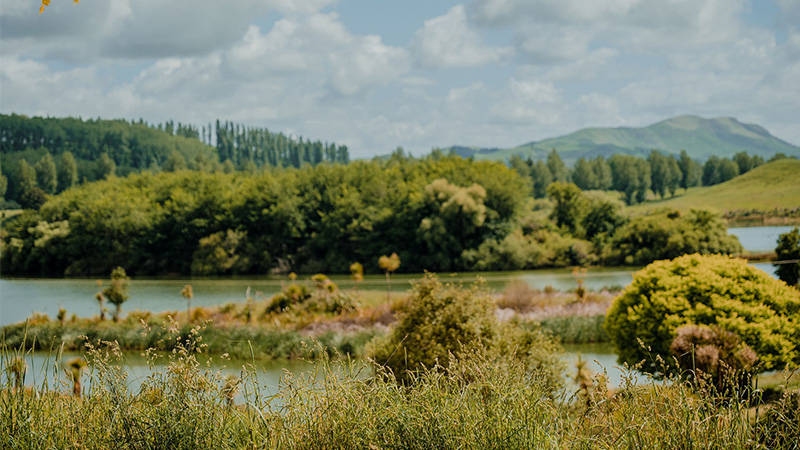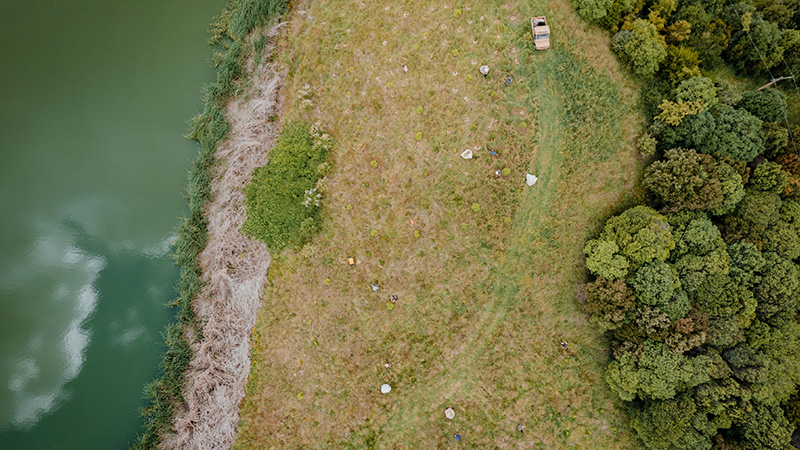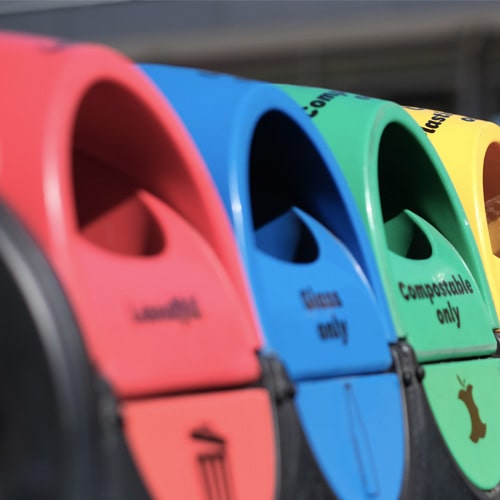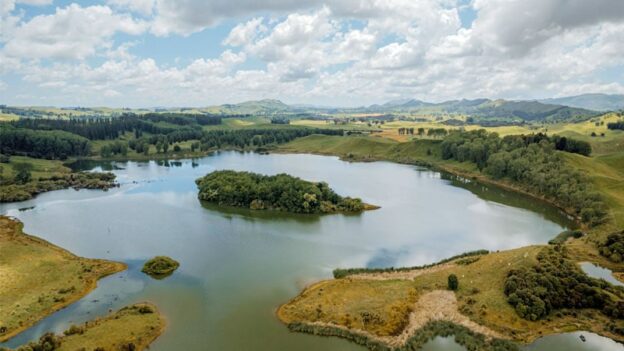NZ’s big green, carbon eating machine (not trees)
Farming is often viewed as the cause of many environmental issues in New Zealand, but it also holds the key to making serious inroads in the fight against climate change, here and abroad.
Mangarara Station in Central Hawke’s Bay is an excellent example of regenerative agriculture and how farming can fight climate change on a big scale.
Stepping onto Mangarara Station in Central Hawke’s Bay it’s clear there is something different going on. Paddocks are dotted with trees, there is evidence of native shrub and tree planting all around, cattle numbers and the time they spend in paddocks is carefully managed and farm owner Greg Hart whips around on an electric side-by-side.
Staff from 3R Group were recently at the farm to help lay wool around trees we had planted two years prior, and it’s clear it’s a farm with sustainability at its core.
Second-generation farmer Greg and his family are among a new wave of farmers taking a different approach to working the land by adopting regenerative agriculture. This has seen him transition the farm his parents ran into one which is diverse and integrated and aims to balance ecosystem restoration with producing healthy food.
One of the biggest ways his farm stands apart is his management of grazing and fertilisers. By moving animals around paddocks regularly he avoids the grass and other feed being grazed short.
Livestock numbers aren’t affected, Greg says, and instead of reducing how many cattle he grazes he adjusts how many are grazed in one area and how long they are kept there.
The fuller vegetation, fed by a constant supply of fresh cow poo (mashed into the vegetation by the cattle) results in stronger roots structures, which support dark, rich soil, more resistant to drought, and protected from erosion and loss of nutrients, meaning less need for fertiliser.
It’s also a massive pump pulling carbon out of the air and storing it back in the ground.
When grass grows long, Greg says, its roots also grow long and deeper into the ground, storing carbon away. If you consider that agricultural land makes up nearly 40% of New Zealand land surface, and 72% of that is used for grazing, there is massive potential for this to act as a highly effective carbon sink.
Trees also play a big part of this style of farming. While Greg is working to regenerate steeper, erosion-prone sections of land with new, dense stands of native bush, he has also adopted the practice of silvopasture by growing trees in pastures. These provide shelter for the animals, shade the grass and soil in summer, grow fruit, nuts and timber and can be a supplemental feed for the animals in leaner times.
They also support bird and insect life – all of which only adds to the biological diversity of the farm which in turn adds to its overall health. The farm even develops its own microclimate.
No area on Mangarara is left bare or gets tilled – a practice which releases carbon out of the soil and back into the air. While Greg doesn’t grow crops, other regenerative farmers use a system of planting very shallow and leaving decaying plant material from the previous crop on the ground to protect and feed the new plants.
Regenerative agriculture isn’t a practice unique to New Zealand and is practiced around the world. It began with Zimbabwean ecologist and farmer Allan Savory who pioneered holistic management, which has since evolved into regenerative agriculture, Greg says.
“It’s what many indigenous cultures traditionally practiced and it has evolved from many sources in our Western context, including organic, bio-dynamic, permaculture, biological, agroforestry and includes aspects of our conventional agriculture but with a focus on leaving a positive outcome for the environment and the community,” Greg says.
“Our farm motto is ‘Optimising Life’ and after 15 years regenerating we are seeing life come storming back. This includes the 112,000 trees planted which become homes to ever more birds, the explosion of insect life which find habitat in the holistically grazed pastures and hundreds of amazing people that visit the farm each year.”
While it’s not a silver bullet to solve the climate crisis it’s a significant step in pulling together farming and action on climate change. The two are often perceived as being fundamentally opposed, but this shouldn’t be the case, says Greg.
And, with the ever-growing drive among governments, and particularly among consumers, for more sustainable business and farming practices, regenerative agriculture is surely a look into the future we need to be moving towards.
Find out more about regenerative farming check out the documentary Kiss the Ground
Some photos from the day:
